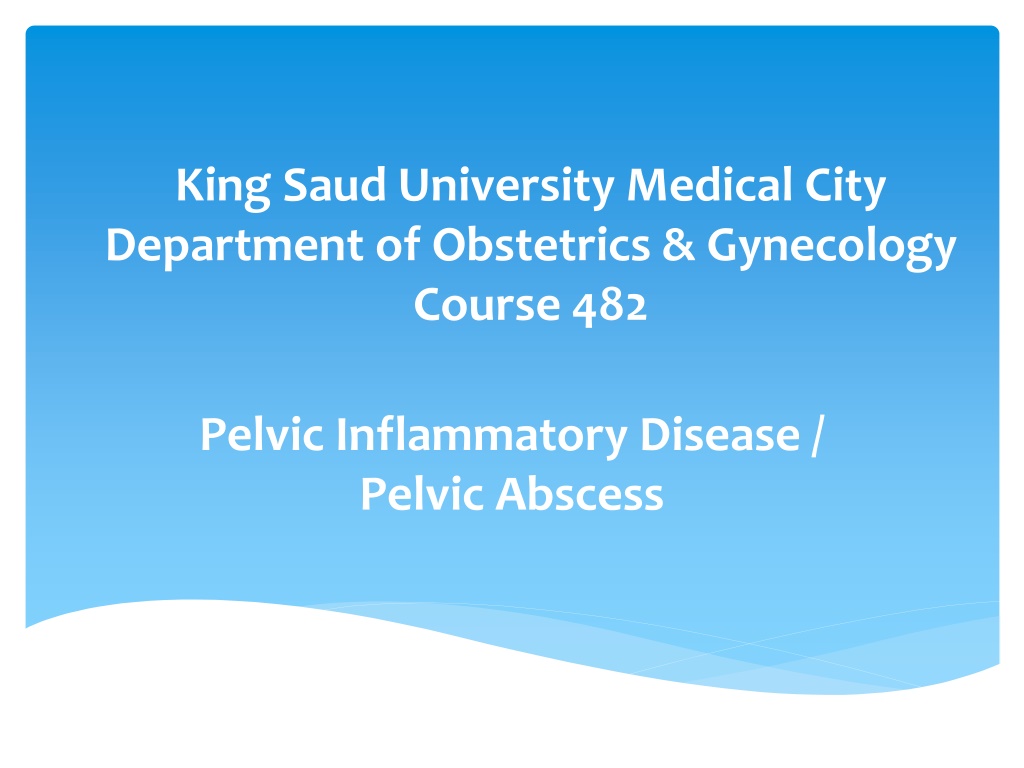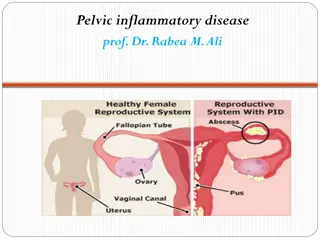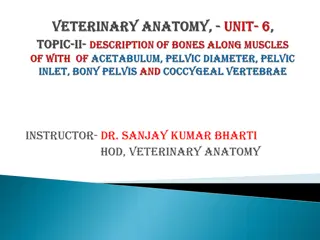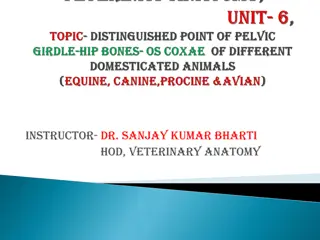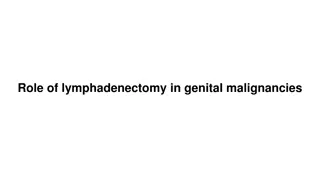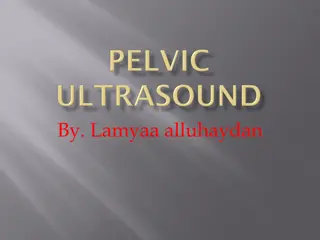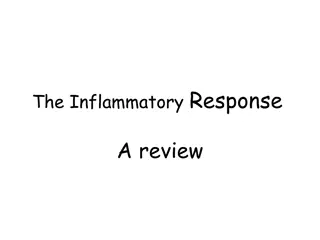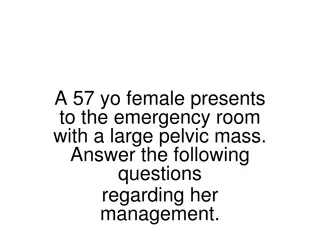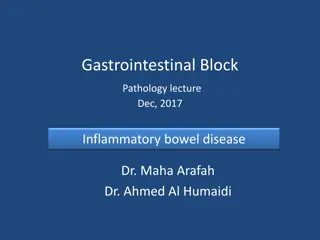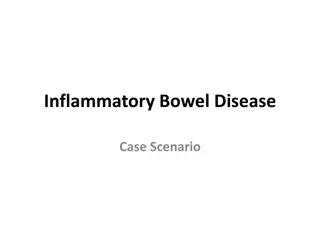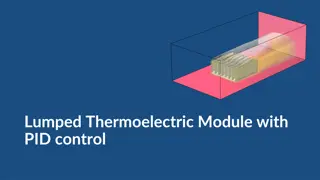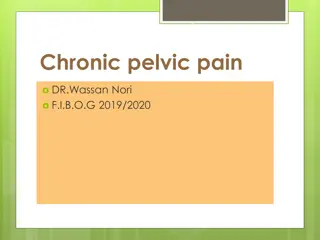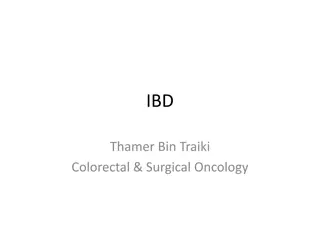Pelvic Inflammatory Disease (PID)
Pelvic Inflammatory Disease (PID) is a common infection of the upper genital tract in women, leading to various complications if untreated. Learn about its prevalence, etiology, symptoms, diagnosis, management, and complications.
Download Presentation

Please find below an Image/Link to download the presentation.
The content on the website is provided AS IS for your information and personal use only. It may not be sold, licensed, or shared on other websites without obtaining consent from the author.If you encounter any issues during the download, it is possible that the publisher has removed the file from their server.
You are allowed to download the files provided on this website for personal or commercial use, subject to the condition that they are used lawfully. All files are the property of their respective owners.
The content on the website is provided AS IS for your information and personal use only. It may not be sold, licensed, or shared on other websites without obtaining consent from the author.
E N D
Presentation Transcript
King Saud University Medical City Department of Obstetrics & Gynecology Course 482 Pelvic Inflammatory Disease / Pelvic Abscess
Outline Identify the prevalence of Pelvic Inflammatory Disease (PID) Explain the etiology and pathogenesis of PID Describe the symptoms and signs of PID / Diagnosis Describe the management of PID Discuss the tubo-ovarian abscess List the complications of PID
PID Pelvic Inflammatory Disease presents as a spectrum of infection-induced inflammation of the upper genital tract that includes endometritis, salpingitis, pelvic peritonitis, and/or tubo-ovarian abscess (TOA).
PID Most often , ascending spread of microorganisms from vagina & endrocervix to endometrium, tubes, contiguous structures.
The Prevalence of PID The CDC has estimated that more than 1 million women in the USA experience an episode of PID every year. The disease leads to approximately 2.5 million office visits and 125,000-150,000 hospitalizations yearly. No specific international data is available for PID incidents worldwide. The annual rate of PID in high-income countries has been reported to be as high as 10-20 per 1000 women of reproductive age.
Etiology 85% of infection in sexually active female of reproductive age 15% of infection occur after procedures that break mucous barrier Bacteria culture direct from tubal fluid common: N. gonorrhoeae, C. trachomatis, endogenous aerobic, anaerobic, genital mycoplasma spp.
Etiology Nisseria gonorrhoeae C. trachomatis Mycoplasma genitalium Polymicrobial flora Prevatella sp. Peptostreptococcus sp. Escherichia Anaerobic gram-negative rods.
Pathogenesis of PID C. trachomatis Produce mild form of salpingitis Slow growth (48-72 hours) Intercellular organism Insidious onset Remain in tubes for months or years after initial colonization of upper genital tract More severe tubes involvement
N. Gonorrhoeae Gram ve diplococcus Rapid growth ( 20-40 minutes) Rapid and intense inflammatory response 2 Major sequelae [Infertility and ectopic pregnancy, strong association with prior chlamydia infection]
Risk factors Strong correlation between exposure to STD Age of 1stintercourse Frequency of intercourse Number of sexual partners Marital status; 33% in nulliparous
Risk factors Increase risk IUD user (multifilament string) Surgical procedure Previous acute PID Reinfection if untreated male partner (80%) Decrease risk Barrier method OCP
Signs and symptoms of PID Abdominal pain Abnormal Discharge Intermenstrual bleeding Postcoital bleeding Fever Urinary frequency Lower back pain Nausea/vomiting
Diagnosis Physical examination: Assess the abdomen for tenderness. Vaginal secretion examination to assess the presence of BV. Microscopy of the vaginal secretion should be examined for the presence of leukocytes, clue cells, and trichomonads. Cervical canal examination for the presence of yellow/green mucopus and friability. Testing for C. trachomatis and N. gonorrhoeae. A bimanual pelvic examination to assess for pelvic organ tenderness and pelvic mass (might suggest a TOA)
Other ancillary tests: 1. Lab tests: A complete blood count Erythrocyte sedimentation rate C-reactive protein test 1. Imaging studies: Pelvic ultrasonography (to rule out symptomatic ovarian cysts or those with pelvis mass noted on bimanual pelvic examination) Computed tomography (to rule out appendicitis)
Dx 3. Laparoscopic visualization: Most accurate method to confirm PID All patients with uncertain diagnosis, no respond to treatment Negative gram smear does not rule out PID
Management of PID Therapeutic goal: eliminate acute infection & symptoms as well as prevent long term sequalae. 1. Mild to moderate PID Treat as outpatient Aim at microbiologic cure for N. gonorrhoeae and C. trachomatis (even in the presence of negative endocervical screening for these organisms) Coverage for polymicrobial flora associated with BV. Antibiotic therapy
2. Severe PID & TOA: Hospitalization and impatient parenteral therapy (criteria noted) Imaging should be considered Surgical intervention is recommended for those who failed to antibiotic therapy alone: Size of the TOA with abscesses 10 cm or greater in diameter Patient who fail to respond to antibiotic treatment within 48- 72 hrs. (persistent fever, increasing leukocytosis) Drainage of TOA via laparotomy, laparoscopy, or image-guided percutaneous routes)
Criteria for hospitalization in women with PID Surgical emergencies (e.g. appendicitis) cannot be excluded. Patient is pregnant. Patient does not respond clinically to oral antibiotic therapy. Patient is unable to follow/tolerate an outpatient oral regimen. Patient has severe illness, nausea and vomiting or high fever. Patient has a tubo-ovarian abscess.
Treatment Rx male partners & education for prevention reinfection Rx male partners: Regimens for uncomplicated gonorrhoeae & chlamydial infection Ceftriaxone 125 mg im followed by Doxycycline (100) 1x2 pc x7 days or Azithromycin 1gm or Ofloxacin (300) 1x2 pc x7 days
Complications of PID 1. Chronic pelvic pain 25% 2. Infertility 3. Ectopic pregnancy (increased 15%-50%) PID may produce TOA and extend to produce pelvic peritonitis and Fitz-Hugh Curtis syndrome (perihepatisis) Acute rupture of TOA and peritonitis is a life threatening event that calls for urgent abdominal surgery.
Perihepatitis Peritonial adhesions
